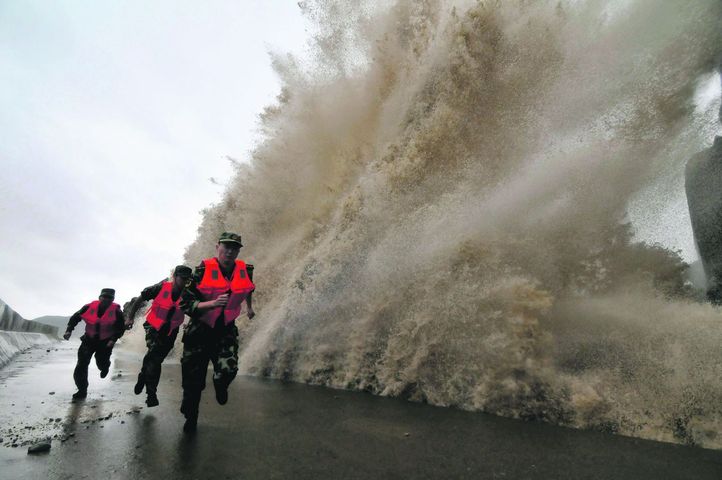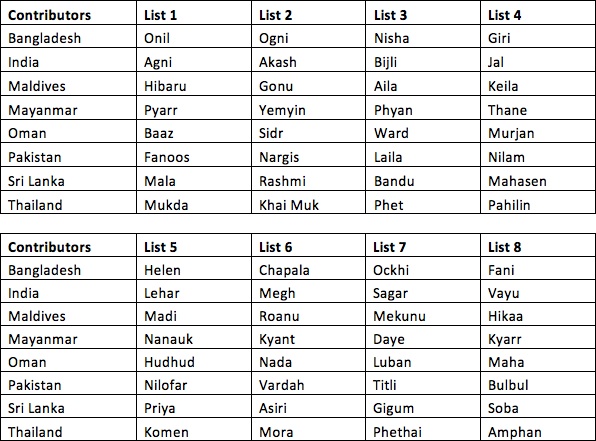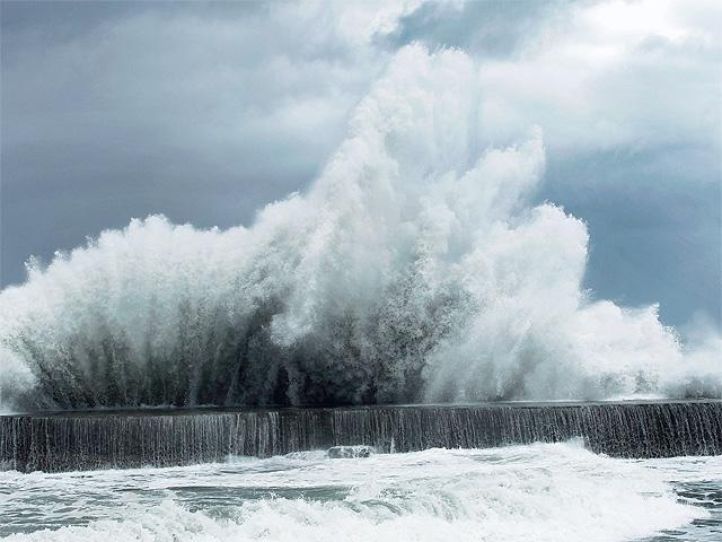What Are Exoplanets And How NASA Detects Life Beyond Our Solar System
Bharti Airtel Set To Acquire Telenor India Within This Year
Google Celebrates NASA’s Discovery Of Seven Earth-Like Planets With An Animated Doodle
Some Home Remedies That Might Sound Bizarre But Actually Work Like A Charm
Akshay Kumar Feels He Has Made Enough Money, Now Wants To Focus On Content & Characters
Delhi ATM Dispenses Fake Rs 2000 Notes From ‘Childrens Bank of India’ With ‘Churan Lable’
Adolf Hitler’s Personal Telephone During World War II Is Up For Auction In The US
From Salman Khan To Rekha, Neil Nitin Mukesh’s Wedding Reception Was Quite A Starry Affair
What’s In A Name? That Which We Call A Typhoon. By Any Other Name Would It Kill As Many?
Many of you would have heard of hurricane Katrina, the devastating natural disaster that hit the United States in 2005 killing over 1500 people. You may have also heard of Hurricane Sandy in 2012, that cost US a whopping $71.4 billion. Just like that Typhoon Yolanda may have caught your attention back in November 2013, it killed over 6,300 people in the Philippines. Typhoons, hurricanes and cyclones are examples of the wrath of mother nature. They completely destroy the areas they hit, ripping houses from the ground and tearing trees from their roots, they kill thousands of people and destroy billions worth of infrastructure, and yet there is almost nothing humans can do to stop them. So what do humans do? Much like everything else, we find a way to systematically deal with them. We develop technology to judge where they originate from and how strong they are compared to the previous one. We organise them into categories and divide them amongst region. We also name them, oddly enough. The process of naming cyclones began many years ago as a way to simplify identifying the origin of the cyclone, instead of using the technical jargon that most people would not understand. It is important to note here that in reality, cyclones, hurricanes and typhoons are all the same thing. Their nomenclature changes according to region. For instance, 'hurricane' is mostly used in the Eastern Pacific belt, whereas 'typhoon' is most commonly associated with the Northern Pacific ocean and 'cyclone' is in the South Pacific and Indian ocean regions. The main regions where these catastrophes occur are: Atlantic Ocean, Eastern Pacific, Central Pacific, West Pacific, North Indian, South West Indian Ocean, Australian and South Pacific Ocean.
How are cyclones named?
Cyclones were originally named after the place that they did the most damage, for instance the Great Galveston Hurricane of 1900 or the Louisiana Hurricane of 1893. However, by the end of the second World War, hurricanes were beginning to be named after women.
Thus began the era of Hurricane Katrina, Wilma and Sandy. With time men's names were also included, for example Hurricane Andrew in 1992. It is important to note here that tropical cyclones are not named after specific people or in any alphabetical order. They are given names that are familiar to the people of the region.
The main purpose of naming a cyclone would be to make it easier for people to understand it, even for things like disaster management, preparedness and awareness. It's a lot easier to raise money for Hurricane Katrina than for "Hurricane 42 Degrees East by 52 Degrees West".
However, naming these natural disasters is not as easy as it may seem. Every region forms a committee of nations which are prone to cyclones and each country presents a list of names, which are examined by the governing body set up by the nations.
For the Indian ocean region, the committee nations are, Bangladesh, India, Maldives, Myanmar, Oman, Pakistan, Sri Lanka and Thailand, and the governing body is the Regional Specialised Meteorological Centre (RSMC), in New Delhi.
Each nation prepares a list of names which they think are suitable for a cyclone. The list is then given to the governing body, i.e RSMC, which selects eight names from each country and accordingly prepares eight lists.

Northern Indian Ocean names (as of 2010) as reported by DNA.
The most recent cyclone to hit this region was cyclone Helen, the name given by Bangladesh in List 5. Therefore the next cyclone to hit the Indian ocean region will be called Lehar, as named by India.
And there you have it, the process by which us mere mortals do whatever we can to make facing the wrath of mother nature just slightly more bearable.






